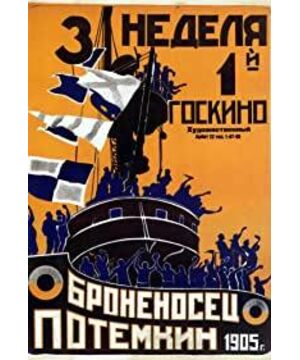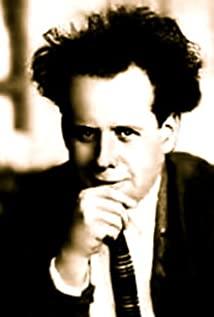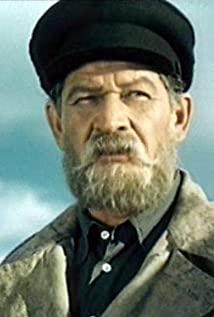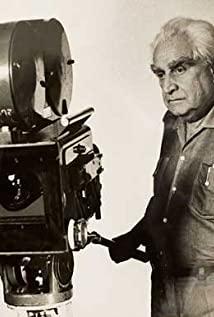From 1924 to 1929 was the golden age of Soviet cinema, a number of classics emerged. Among them, "Battleship Potemkin" directed by Eisenstein was the most famous one. The film was shot in the southern Ukrainian city of Odessa, with only a few professional actors, and the big scene was completed by more than 10,000 citizens and the Red Navy. The film uses rich montage techniques to give the picture complex symbolic meaning. Among them, the photography and editing skills of the "Odessa steps" section became "the classic among the classics".
Except for the Soviet Union, the film was banned in other countries, but at some secret screenings, it received enthusiastic praise from the audience and was collected by film archives from all over the world. At that time, apart from Chaplin's works, no film could match the film's reputation. Even the anti-Soviet Nazi leader Goebbels expressed admiration for the work.
The film was ranked third in the 4 "Greatest Films" since 1909 in the 1929 National Film Council of the United States.
In 2002, the British "Audiovisual Magazine" voted by the film critics group, and the Battleship Potemkin ranked 7th in history.
The film uses classical and tragic sophisticated structure and epic style, with profound details and picture composition, as well as rhythmic film language, with symmetry, repetition, metaphor and symbolism and other poetic and pictorial montage techniques, expressing sharp contradictions Conflict and significant combat theme, this film marks the great progress of world film art and the improvement of montage theory. The climax of the massacre on the Odessa steps is one of the most famous scenes in film history. The precise editing of the shots and the strong impact of the images have still not diminished. The section where the mother saw the baby carriage roll down the stone steps was particularly representative. Later, the gun battle scene at the train station in the American film " The Untouchables " was a tribute to this section.










